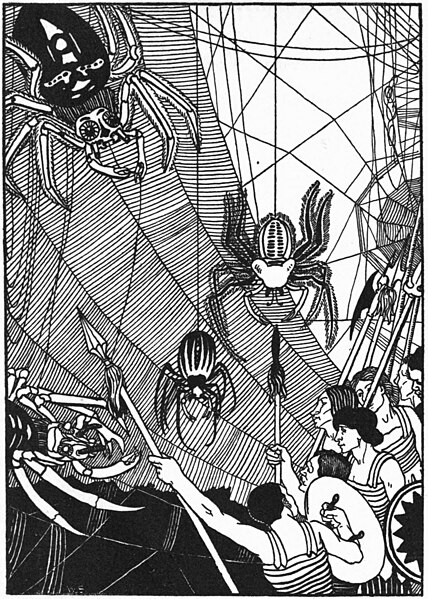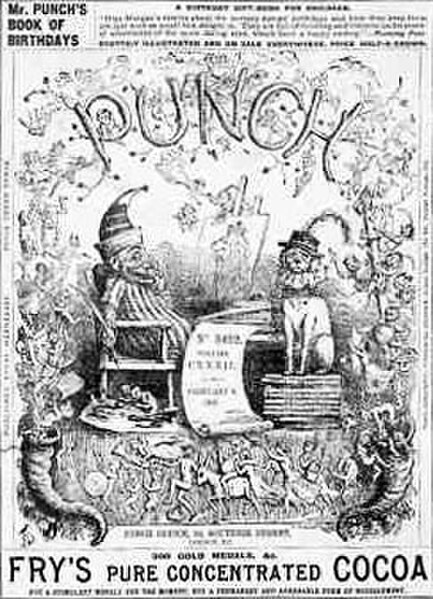Lucian of Samosata was a Hellenized Syrian satirist, rhetorician and pamphleteer who is best known for his characteristic tongue-in-cheek style, with which he frequently ridiculed superstition, religious practices, and belief in the paranormal. Although his native language was probably Syriac, all of his extant works are written entirely in ancient Greek.
Bust of Epicurus, an Athenian philosopher whom Lucian greatly admired
Illustration from 1894 by William Strang depicting a battle scene from Book One of Lucian's novel A True Story
Hermes, the messenger of the gods, is a major recurring character throughout many of Lucian's dialogues.
Statue of the snake-god Glycon, invented by the oraclemonger Alexander of Abonoteichus, whom Lucian satirizes in his treatise Alexander the False Prophet
Satire is a genre of the visual, literary, and performing arts, usually in the form of fiction and less frequently non-fiction, in which vices, follies, abuses, and shortcomings are held up to ridicule, often with the intent of exposing or shaming the perceived flaws of individuals, corporations, government, or society itself into improvement. Although satire is usually meant to be humorous, its greater purpose is often constructive social criticism, using wit to draw attention to both particular and wider issues in society.
1867 edition of Punch, a ground-breaking British magazine of popular humour, including a great deal of satire of the contemporary, social, and political scene
A satire by Angelo Agostini to Revista Illustrada mocking the lack of interest from Emperor Pedro II of Brazil in politics toward the end of his reign
"Le satire e l'epistole di Q. Orazio Flacco", printed in 1814
The satirical papyrus at the British Museum








